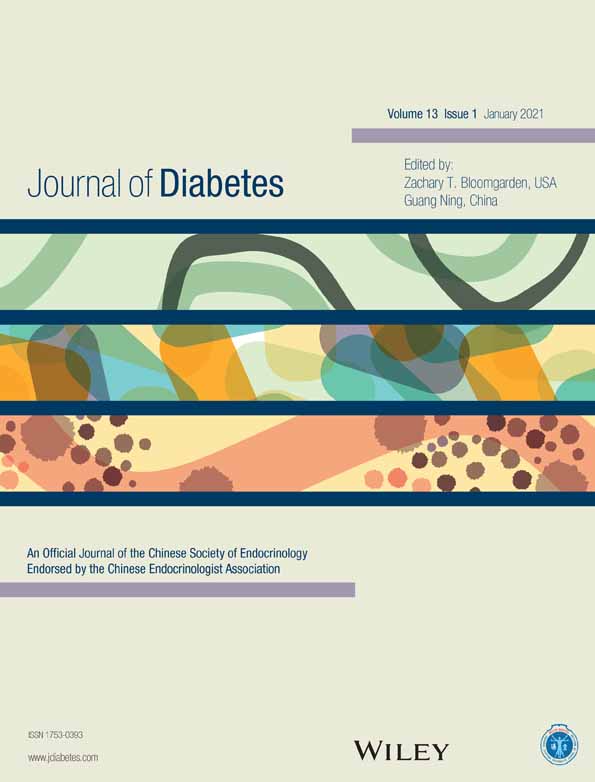Effect of exercise on hepatic steatosis: Are benefits seen without dietary intervention? A systematic review and meta-analysis
运动对肝脏脂肪变性的影响:在没有饮食干预的情况下能看到益处吗?一项系统性回顾与meta分析
Funding information: Shanghai Jiao Tong University; University of Sydney
Abstract
enBackground
Interventions involving both exercise and dietary modification are effective in reducing steatosis in nonalcoholic fatty liver disease (NAFLD). However, exercise alone may reduce liver fat and is known to have other positive effects on health. The primary aim of this study was to systematically review the effect of exercise alone without dietary intervention on NAFLD and to examine correlations across changes in liver fat and metabolic markers during exercise.
Methods
Relevant online databases were searched from earliest records to May 2020 by two researchers. Studies were included where the trial was a randomized controlled trial, participants were adults, exercise intervention was longer than 4 weeks, no dietary intervention occurred, and the effect of the intervention on liver fat was quantified via magnetic resonance imaging/proton magnetic resonance spectroscopy.
Results
Of 21 597 studies retrieved, 16 were included involving 706 participants. Exercise was found to have a beneficial effect on liver fat without dietary modification (−2.4%, −3.13 to −1.66) (mean, 95% CI). Pearson correlation showed significant relationships between change in liver fat and change in weight (r = 0.67, P = .007), liver enzymes aspartate aminotransferase (r = 0.76, P = .002) and alanine aminotransferase (r = 0.91, P < .001), and cardiorespiratory fitness VO2peak (peak volume oxygen consumption) (r = −0.88, P = .004). By multivariate regression, change in weight and change in VO2peak significantly contributed to change in liver fat (R2 = 0.84, P = .01).
Conclusions
This systematic review found that exercise without dietary intervention improves liver fat and that clinical markers may be useful proxies for quantifying liver fat changes.
摘要
zh背景
包括运动和饮食调整在内的干预措施在减少非酒精性脂肪性肝病(NAFLD)的脂肪变性方面是有效的。然而, 运动本身可能会减少肝脏脂肪, 而且众所周知, 它对健康还有其他积极的影响。这项研究的主要目的是系统地回顾单独运动而不进行饮食干预对NAFLD的影响, 并探讨运动过程中肝脏脂肪和代谢标记物变化之间的相关性。
方法
由两位研究人员检索有记载的最早记录至2020年5月的相关网络数据库。这些研究包括随机对照试验, 参与者是成年人, 运动干预时间超过4周, 没有饮食干预, 干预对肝脏脂肪的影响通过磁共振成像/质子磁共振波谱进行量化。
结果
在检索到的21 597项研究中, 16项被纳入分析, 包括706名参与者。在不改变饮食的情况下, 运动对肝脏脂肪的影响是有益的(平均值−2.4%, 95%可信区间 −3.13~−1.66)。相关分析显示, 肝脏脂肪变化与体重 (r=0.67, P=0.007)、天冬氨酸转氨酶(r=0.76, P=0.002)、丙氨酸氨基转移酶(r=0.91, P<0.001)以及心肺功能VO2峰值(峰值氧耗)(r=−0.88, P=0.004)的变化均有显著相关性。多因素回归分析显示, 体重改变和VO2峰值改变对肝脏脂肪改变有显著影响(R2= 0.84, P =0.01 )
结论
这项系统性回顾研究发现, 没有饮食干预的锻炼可以改善肝脏脂肪, 临床标记物可能是量化肝脏脂肪变化的有用指标。
6 CONFLICT OF INTEREST
None of the authors of this manuscript has any conflict of interest to declare.




